Education Videos
See our YouTube Environmental Education playlist for more videos!
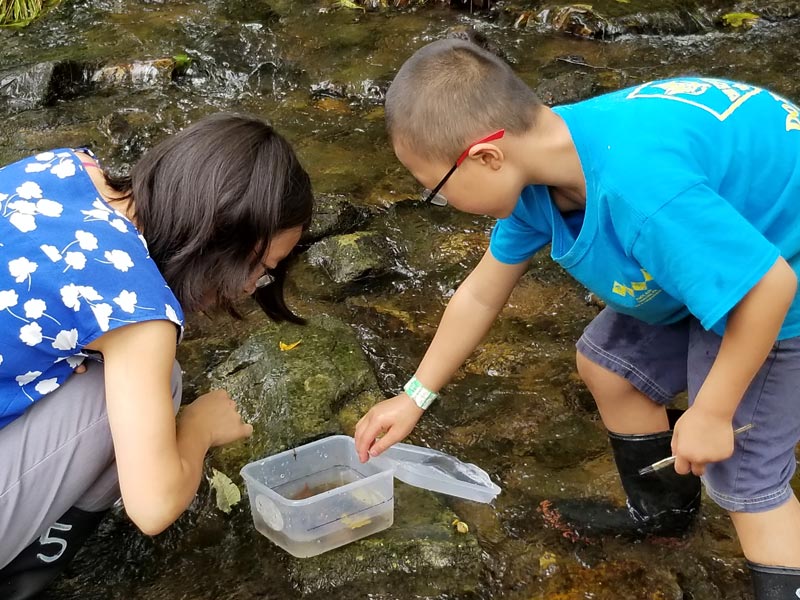
Learn How to Protect Your Watershed
Have you ever wondered how you can make a difference and improve the health of your local streams? Watch this special webinar series to find out!
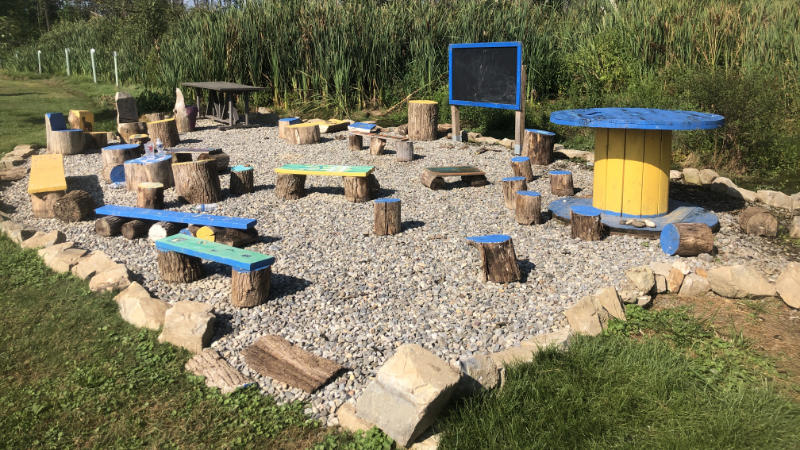
Stroud Center Improves Schoolyards for Outdoor Environmental Education and Stewardship With New Grant
Hear directly from teachers and Stroud Center education staff about a successful model for increasing equitable access to meaningful outdoor learning spaces.
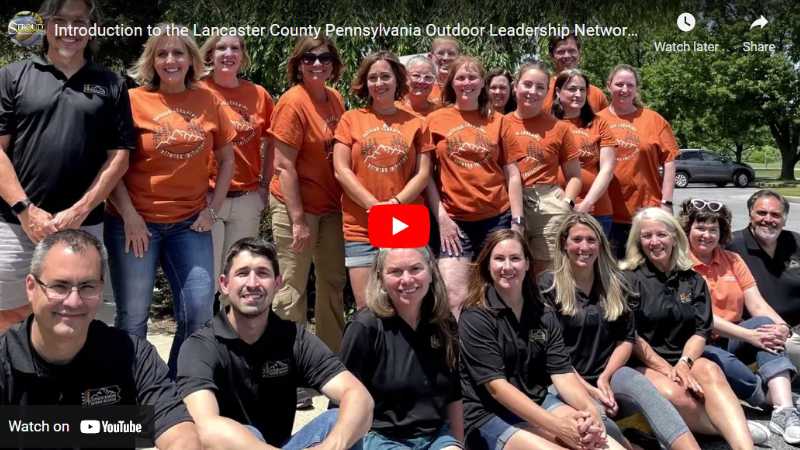
Calling Lancaster County, Pa. Teachers: Join the Outdoor Leadership Network Initiative
Gain experience from teachers who have been teaching and engaging students in environmental literacy and action for years!

Tips for Successful Environmental and Sustainability Education Grant Proposals
In this webinar, successful grant writers and program officers of funding agencies share how to read a request for proposal, where to find grants, and other tips for success.
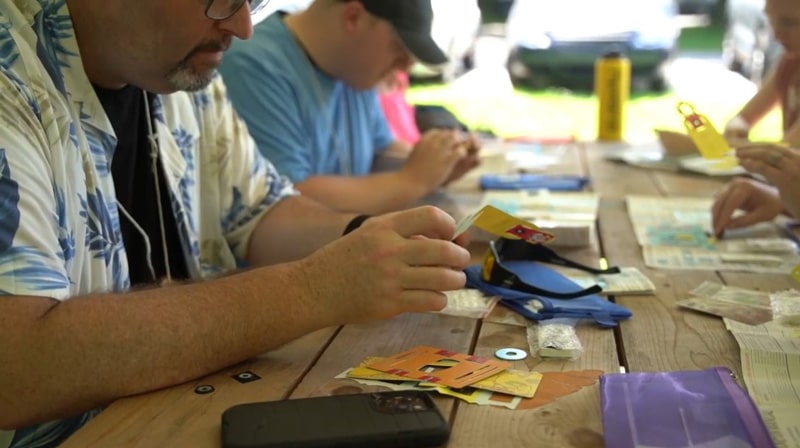
Teachers Bring Home Lessons From the Amazon
Stroud Water Research Center and its partners are developing curricula that take the lessons the Amazon offers for how to live sustainably to schools and communities across the globe.
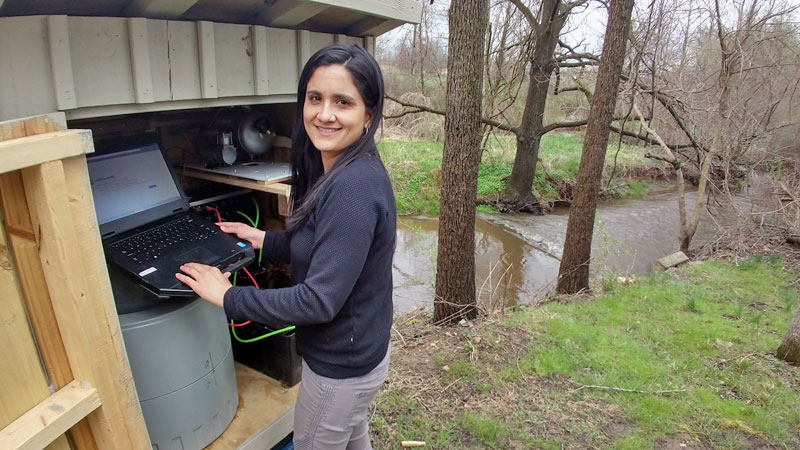
Oviedo Vargas Shares Her STEM Career Journey
The Stroud Center biogeochemist was featured in a women-in-STEM webinar series hosted by EarthEcho International.
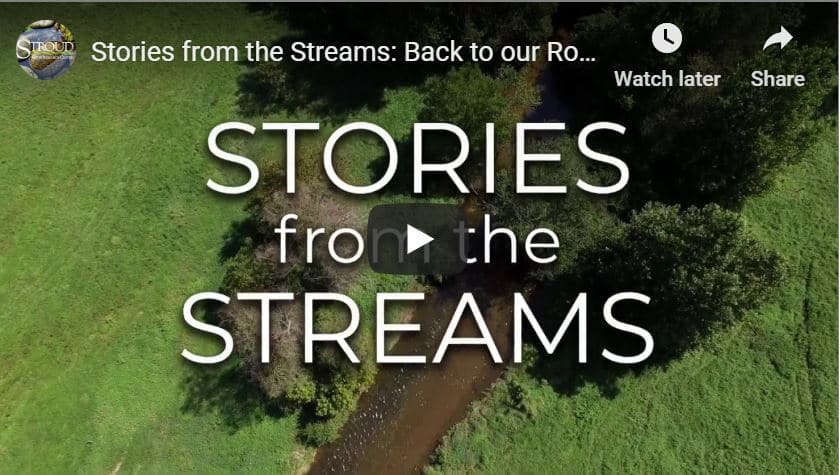
How Can You Plant Seeds of Change? Watch the “Stories from the Streams” Video!
Episode 1 in a video series from WHYY TV12 demonstrates how planting trees along a stream can filter out pollutants and dramatically improve water quality.
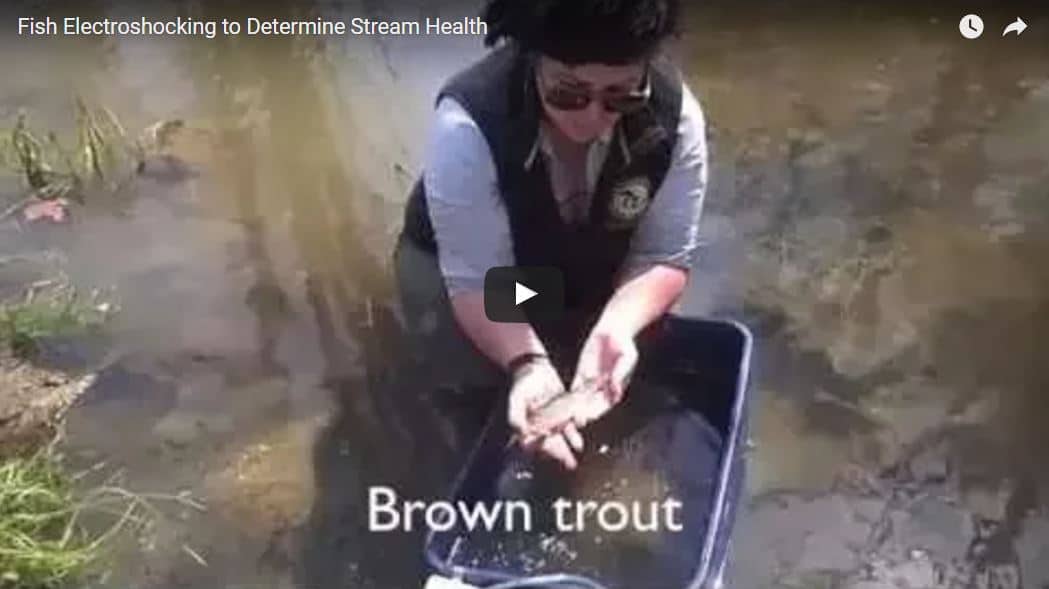
STEM Career Spotlight: Electrofishing to Determine Stream Health
Have you ever wondered what swims by your feet in your local creek? Learn how we use electrofishing to survey the fish living in the east branch of White Clay Creek!
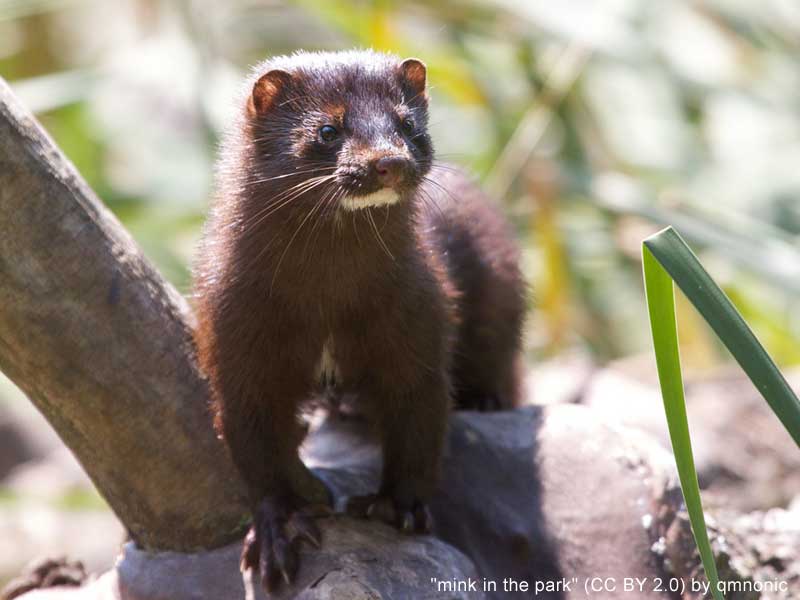
Diversity Makes Us Stronger — Both in Our Communities and Our Watersheds
Watch an American mink shake off creek water and explore its surroundings on the East Branch of White Clay Creek.
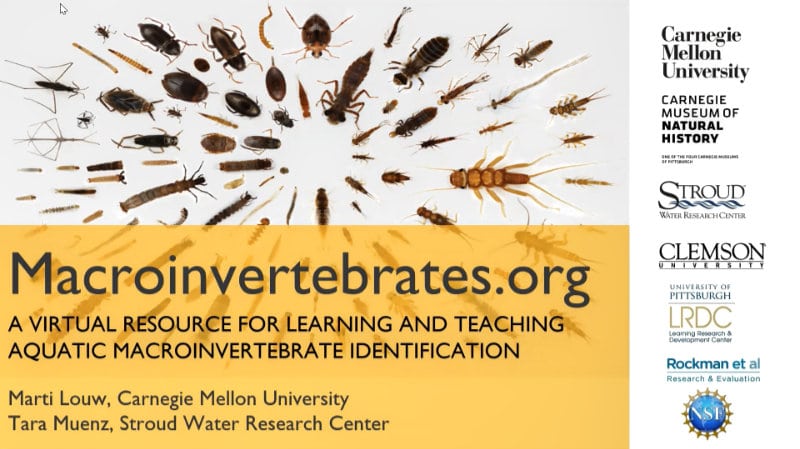
Macroinvertebrates.org: A Virtual Resource for Teaching and Learning ID!
This webinar demonstrates site features and how this open educational resource can support macroinvertebrate identification training with volunteers and students.
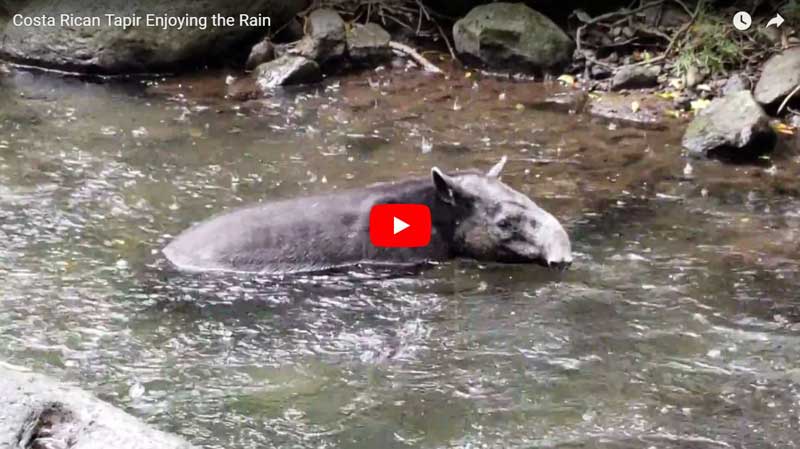
Biodiversity at Our Costa Rica Field Station
Tapirs are "umbrella species" in tropical ecosystems. Watch one enjoy the rain while swimming in Río Tempisquito during a rare daytime visit to our field station.
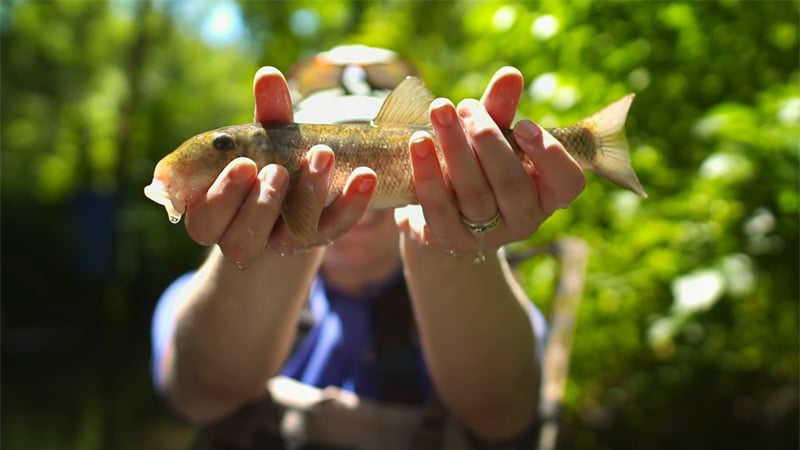
Explore Stories from the Streams
This video series shows how Stroud Center scientists and others are working to maintain the quality of the water that sustains 15 million people living in the Delaware River Watershed.
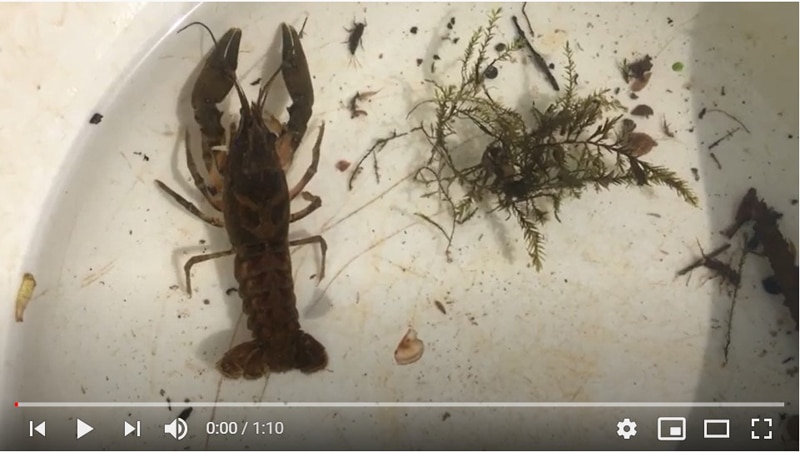
Aquatic Macroinvertebrates in Motion
Explore our video library of aquatic macroinvertebrates wriggling, swimming, and crawling through stream water!
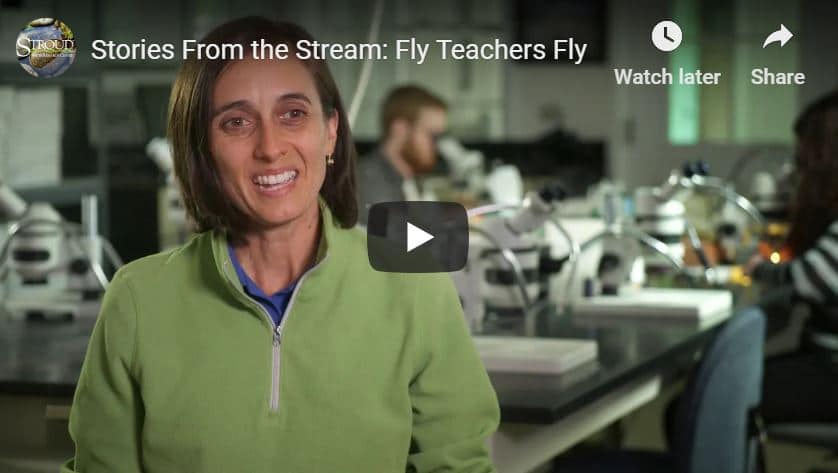
Stories From the Streams: Fly, Teachers, Fly
Watch as a Philadelphia Eagle joins Axalta's All-Pro teachers for an education adventure in White Clay Creek! Episode 8 in the "Stories from the Streams" series.
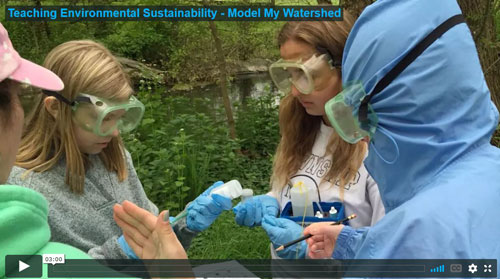
Teaching Environmental Sustainability with Model My Watershed
The TES-MMW curriculum gives students the ability to use data to understand how human actions impact watershed health.
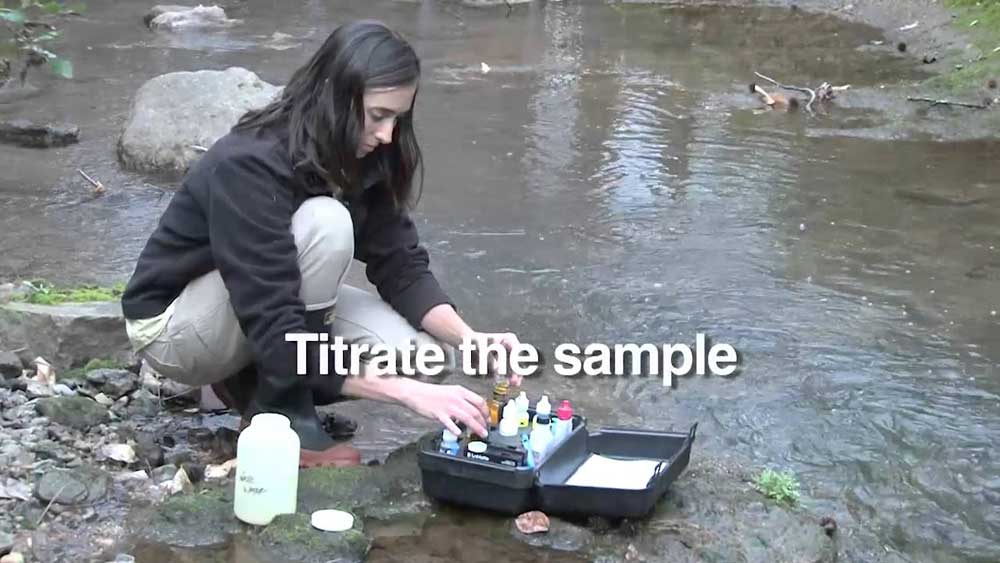
How to Sample for Dissolved Oxygen
A great video from Georgia Adopt-a-Stream showing how volunteers can sample for dissolved oxygen in streams.
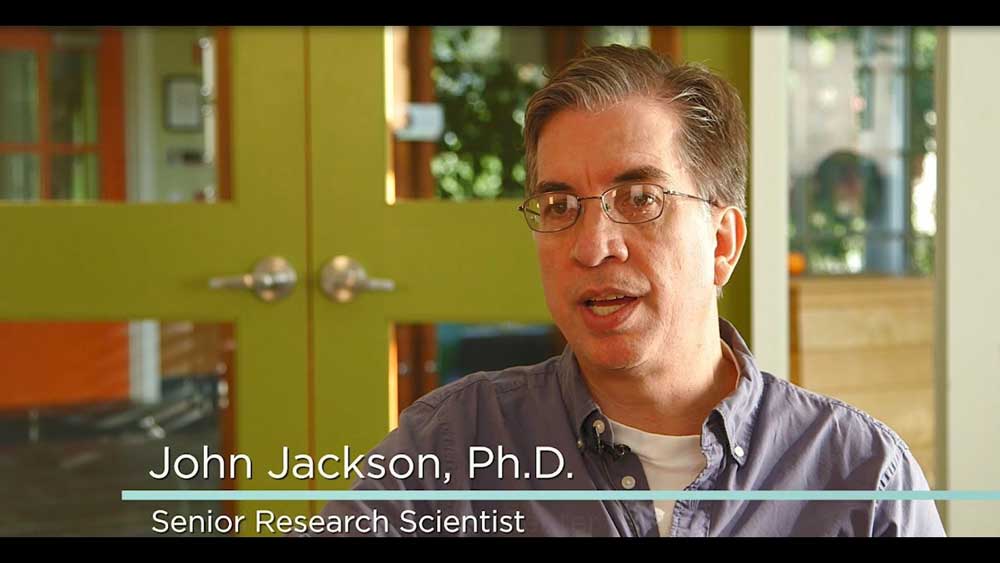
Water Science Careers: Entomology Researcher
John Jackson, Ph.D., talks about his work as principal investigator in the Entomology Group at Stroud Water Research Center.
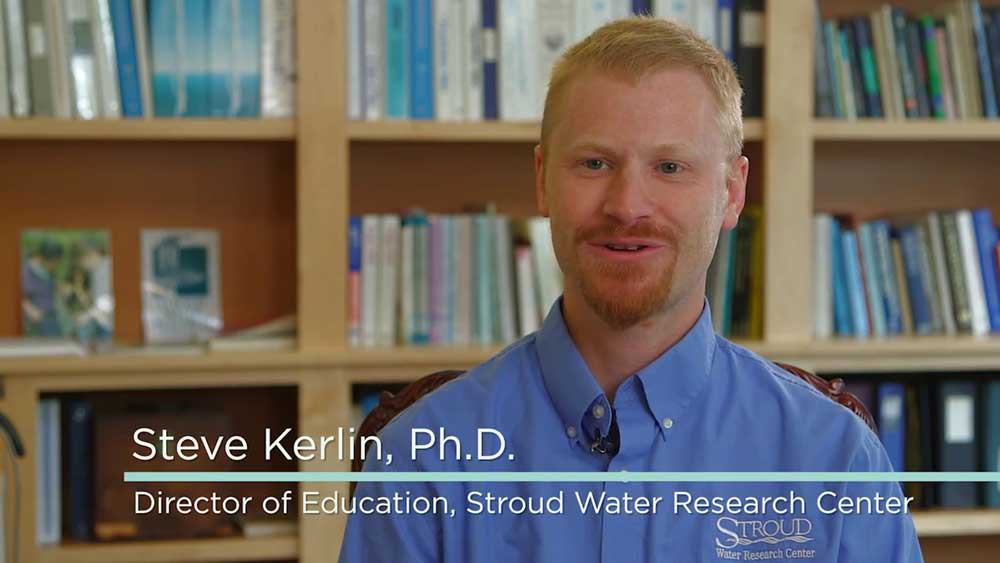
Water Science Careers: Education Director
Steve Kerlin, Ph.D., describes his work as Education Director at Stroud Water Research Center.
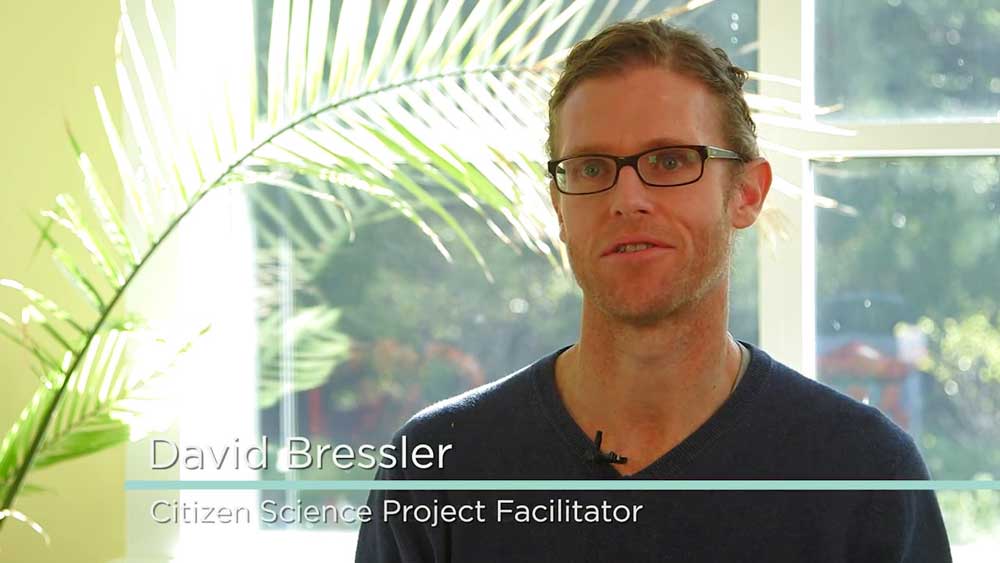
Water Science Careers: Citizen Science Project Facilitator
David Bressler describes his work as a citizen science facilitator at Stroud Water Research Center.
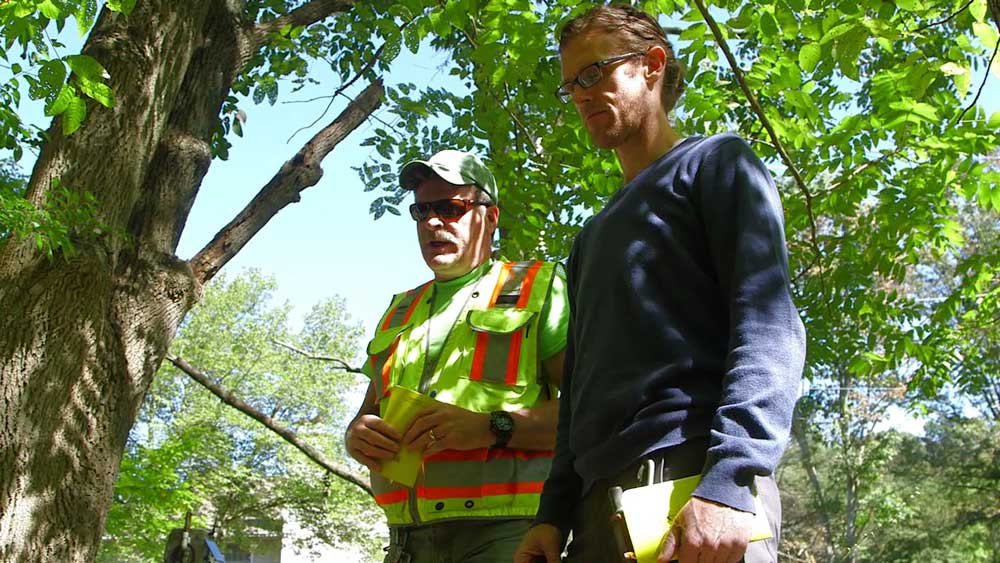
Water Science Careers: Watershed Management
Dave Montgomery talks about his work as watershed manager at Stroud Water Research Center.
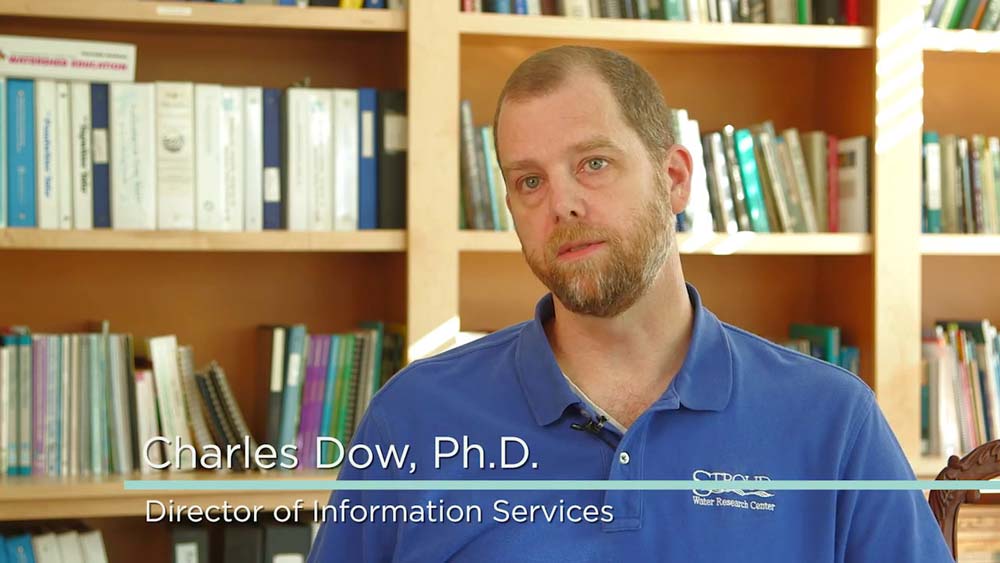
Water Science Careers: Information Services
Charles Dow, Ph.D., talks about his work as Director of Information Services at Stroud Water Research Center.
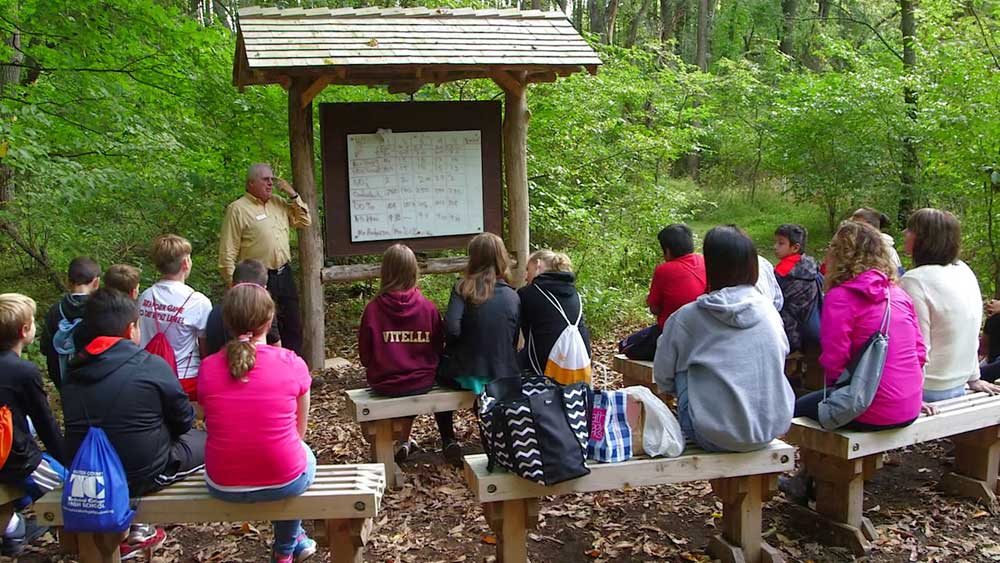
Water Science Careers: Field Instruction
William “Bill” Anderson describes his work as an environmental educator at Stroud Water Research Center.
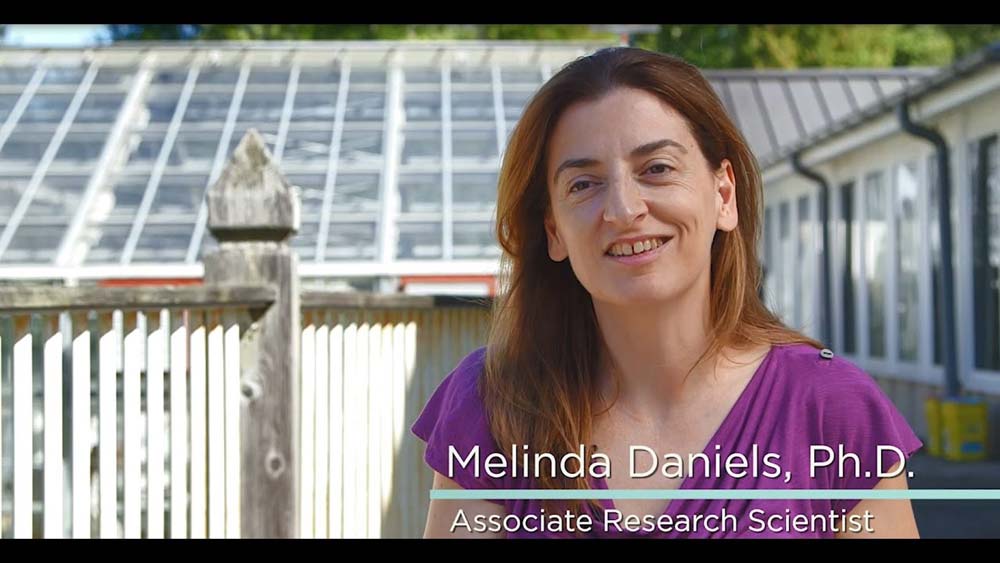
Water Science Careers: Fluvial Geomorphology
Melinda Daniels, Ph.D., describes her work as a fluvial geomorphologist at Stroud Water Research Center.
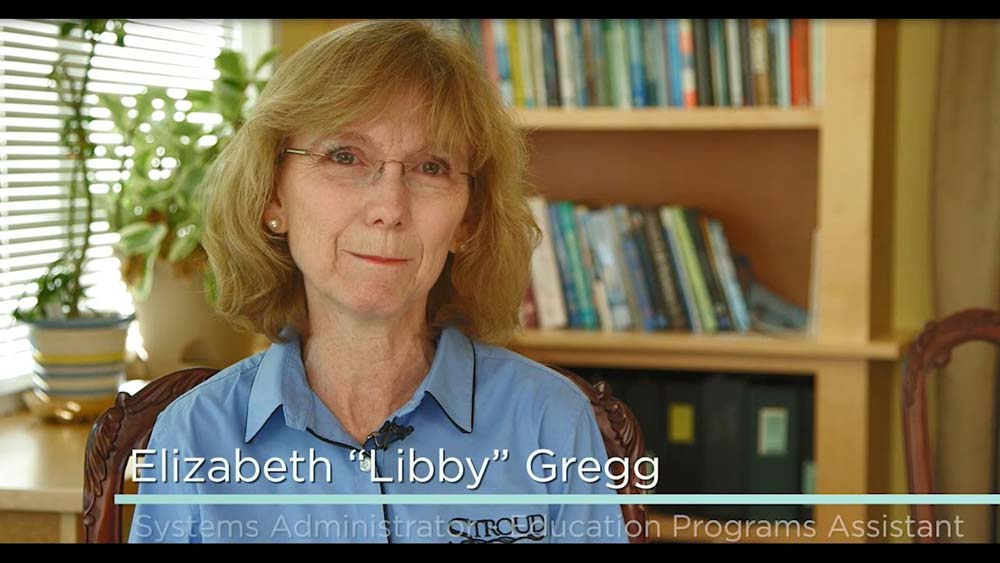
Water Science Careers: Systems Administration and Education
Libby Gregg describes her works as computer systems administrator and environmental educator at Stroud Water Research Center.
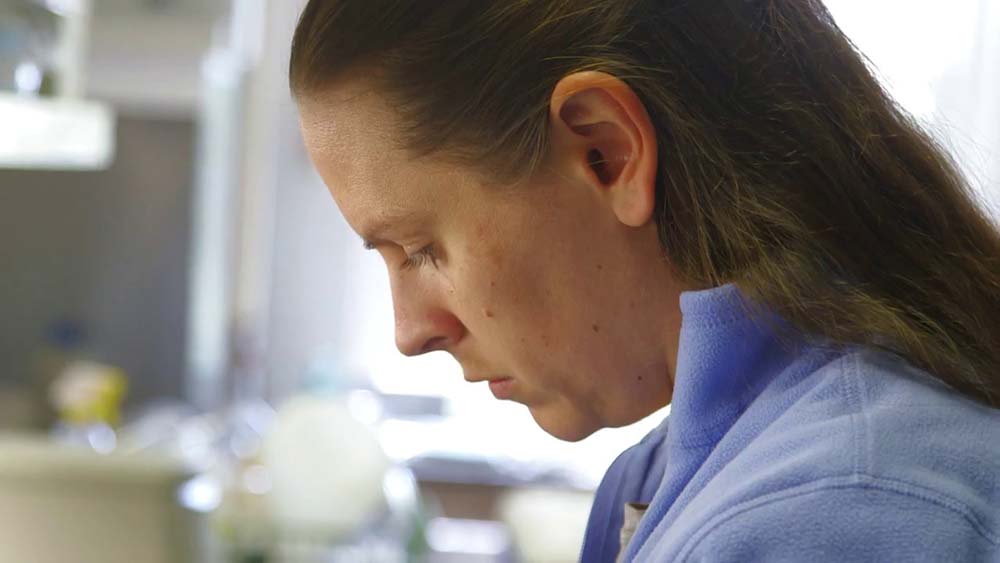
Water Science Careers: Fisheries and Microbiology
Laura Borecki Zgleszewski describes her work in the Fish Ecology and Microbiology groups at Stroud™ Water Research Center.
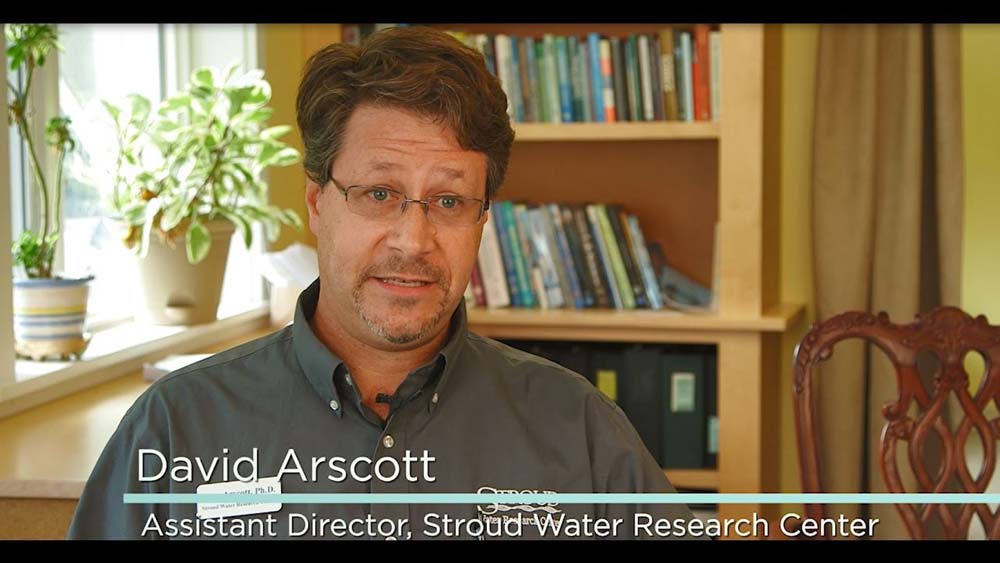
Water Science Careers: Administration and Research
David Arscott, Ph.D., describes his education, research, and work at Stroud™ Water Research Center.
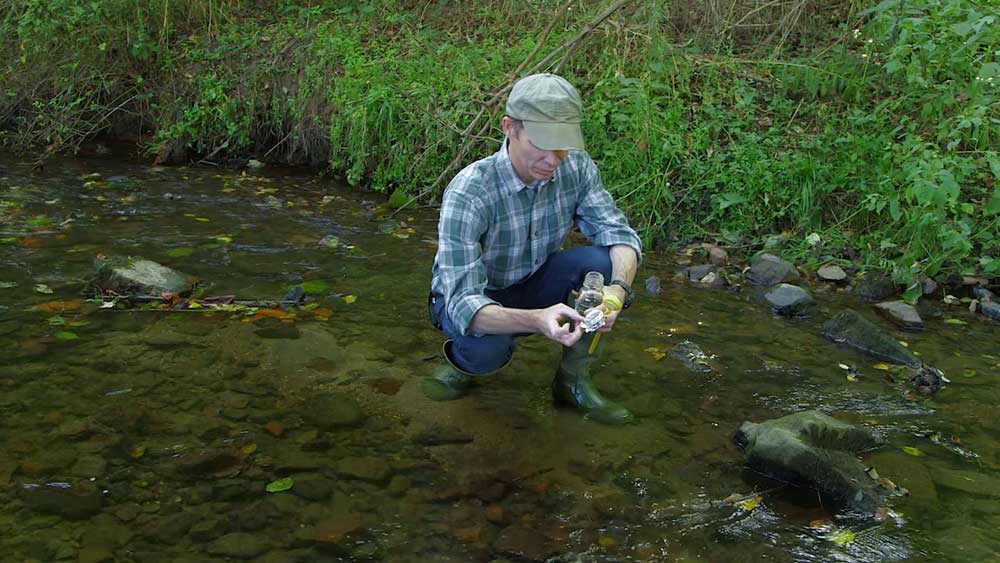
Water Science Careers: Watershed Biogeochemistry
Michael Gentile describes his work as a biogeochemistry staff scientist at Stroud™ Water Research Center.
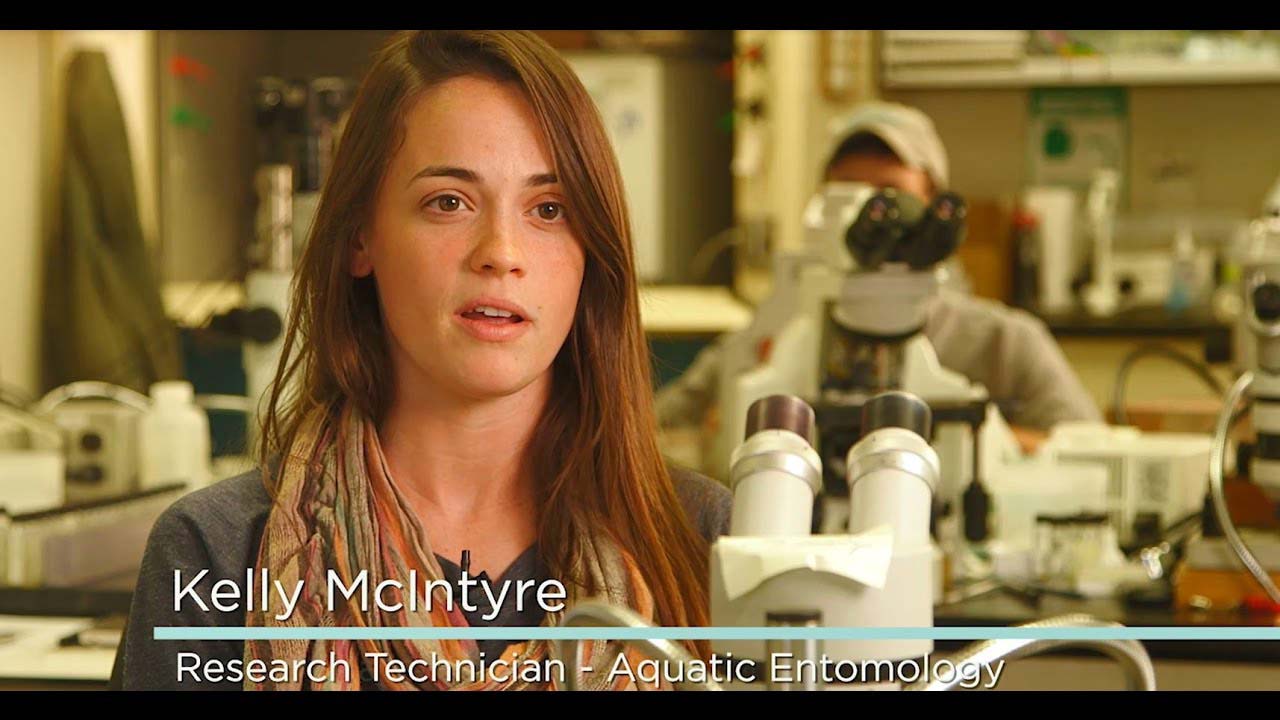
Water Science Careers: Aquatic Entomology
Kelly McIntyre describes her work as an aquatic entomology staff scientist at Stroud™ Water Research Center.
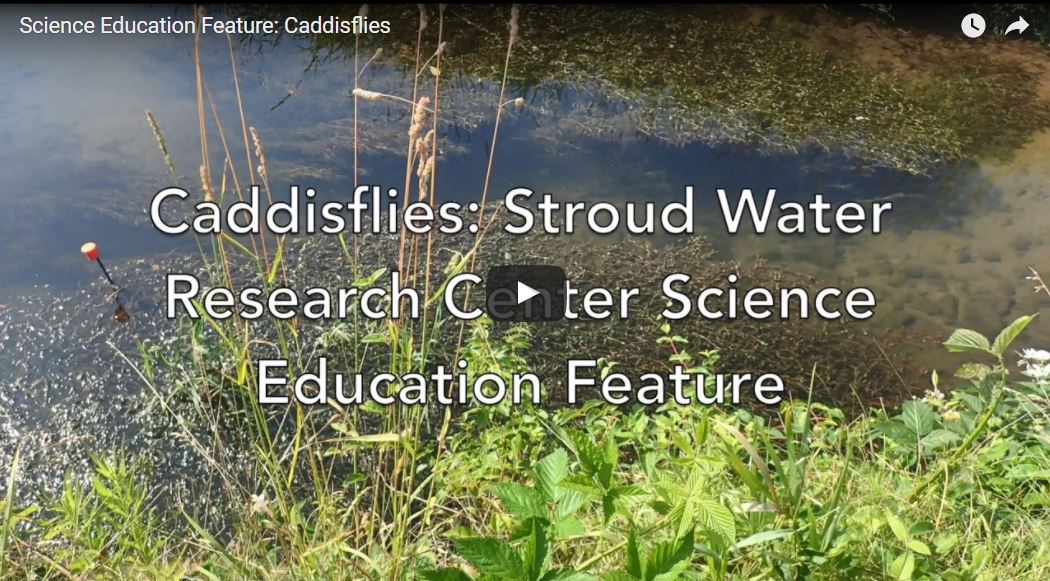
Caddisflies
Learn about the ecosystem benefits of net-spinning caddisflies, as well as how they interact with their environment.

Fish Electroshocking to Determine Stream Health
Have you ever wondered what swims by your feet in your local creek? In this month’s episode of Science Education Feature, Dr. Valerie Ouellet uses electroshocking to identify the creatures
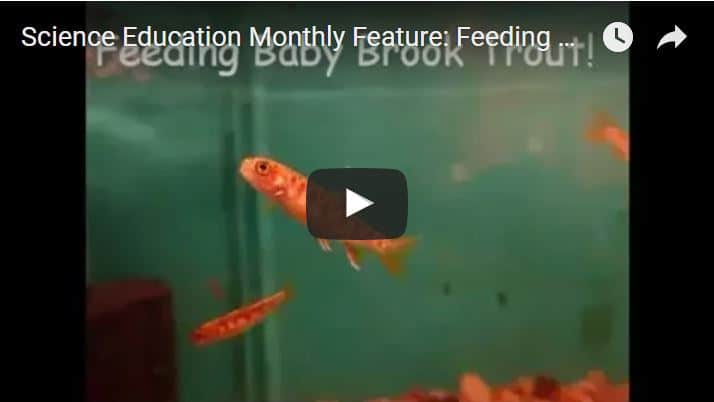
Feeding Baby Brook Trout
Wild trout need cold, clean fresh water, which you would find in a shaded stream, a stream that has many trees growing right by it.
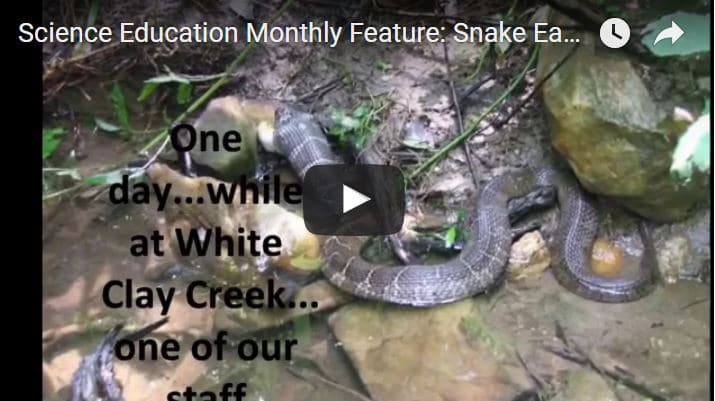
Snake Eating Fish
Stroud Center scientists are often outside working in and around streams, and sometimes just happen to catch a view of the coolest things!
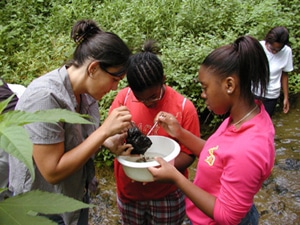
Environmental Education: Hands-On, Boots in the Water Learning
We develop environmental education programs for indoor, outdoor, and digital classrooms, reaching thousands of adults and children each year.
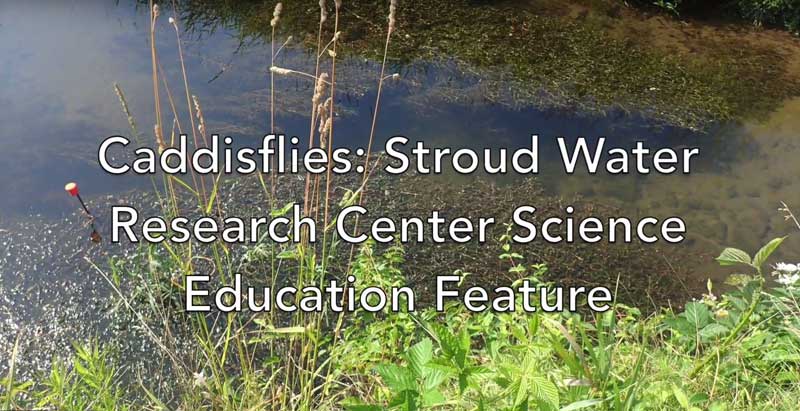
Science Education Feature: Caddisflies
Learn about the ecosystem benefits of net-spinning caddisflies, as well as how they interact with their environment, from Ben Tumolo, a visiting Ph.D. candidate from Montana State University. Caddisflies are
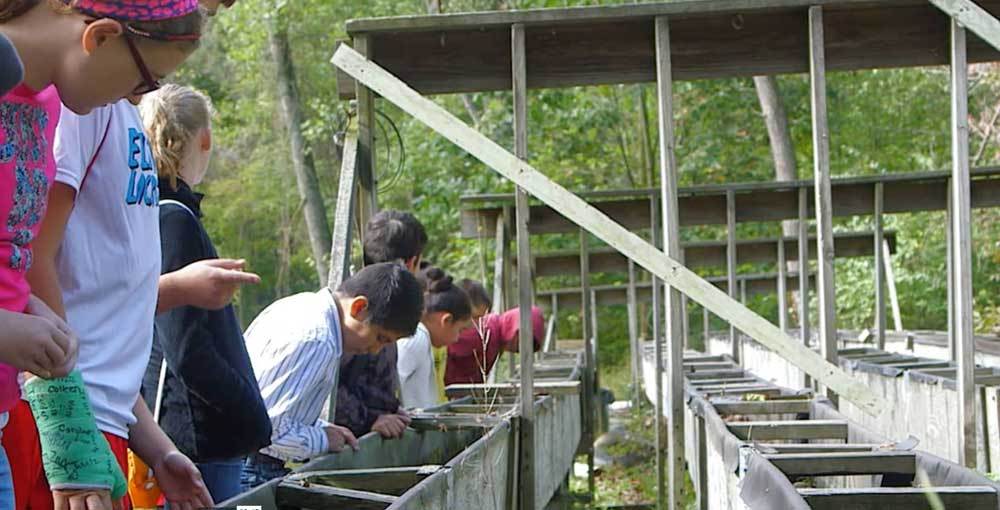
Water SCIENCE Wins Award in Video Showcase
The Water SCIENCE curriculum has middle school students complete hands-on science and engineering activities, receive guidance and instruction from undergraduate and graduate student mentors, interact online with STEM professionals, and
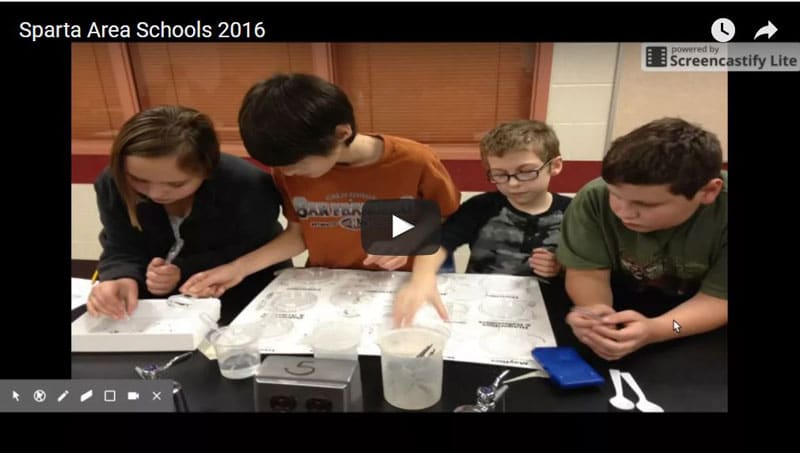
How Sparta Middle School Is Working to Restore Nash Creek
Two Michigan schools used our Leaf Pack Experiment to assess their local stream’s health. They discovered what was impacting their stream and then developed a plan to restore it with native plantings.
